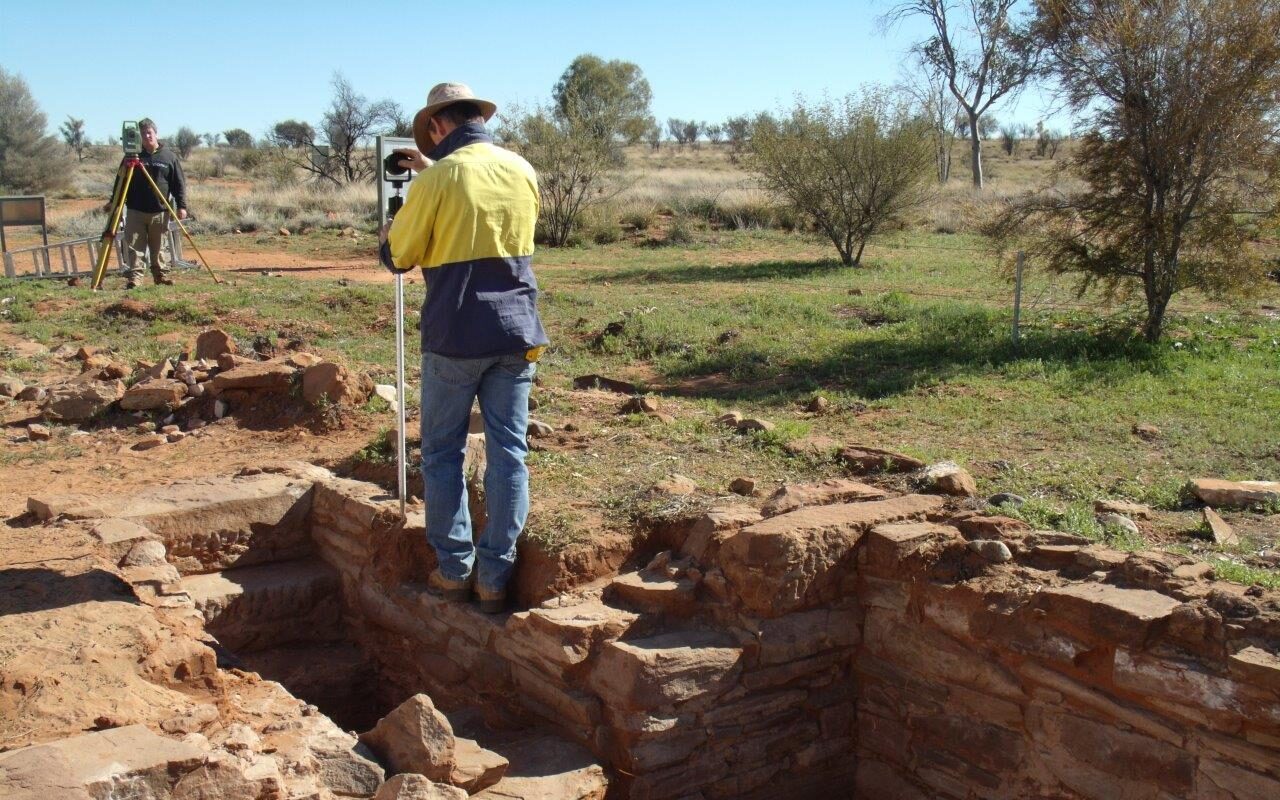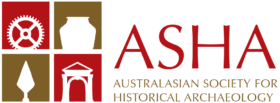ASHA – Australasian Society for Historical Archaeology
Photo credit: Excavating at Hohi mission station, New Zealand, 2013, photo supplied by Ian Smith
-

Excavations at Old Owen Springs, July 2013, image courtesy of David Steinberg Welcome to ASHA
Since 1970 we have been promoting the use of archaeological methods to study the last three hundred years in Australia, New Zealand and the Pacific. We’re an incorporated society – run for and by members. Membership is open to all those who are interested in historical archaeology – practitioners, students, and amateurs alike.
Core things we do include publishing an academic journal Australasian Historical Archaeology, maintaining a blog, and organising events such as our annual conference, reading groups, workshops, and social gatherings. We also maintain an email discussion list and social media presence.
Come and join us in a conversation about the archaeology of the past and the ruins of the future.

